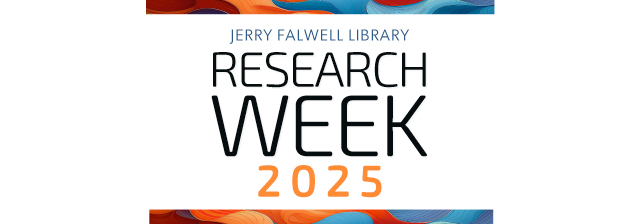Description
This study deeply examines how NIL deals have impacted the chosen University of attendance for 5-star men’s basketball and football athletes. The recruitment of high-profile athletes to universities across the country has been greatly altered with the addition of NIL to the college landscape. The process of reaching a conclusion on where to attend school seems to have greatly changed from academic prowess and facilities to guaranteed money and personal brand exposure. Through this study, we will be conducting in depth Zoom interviews with former recruits that are now currently attending college. We will then use those gathered responses and information to reach informed conclusions based on the evidence. With NIL only being legalized by the NCAA since July 1, 2021, very little is known about the possible long-term effects and implications it could hold. Further directions for our topic could include the impact on athletic departments and businesses in the area taking their money directly to the athletes. Additionally, we could begin researching on how this has impacted women’s sports and other non-revenue generating programs to broaden our scope. Overall, as the study currently stands, it will offer a tremendous amount of insight into the decisions made by these athletes and how the sports world is being affected.
Included in
From NIL to Enrollment: How NIL Agreements Shape College Choices for Top Men’s Basketball and Football Prospects
This study deeply examines how NIL deals have impacted the chosen University of attendance for 5-star men’s basketball and football athletes. The recruitment of high-profile athletes to universities across the country has been greatly altered with the addition of NIL to the college landscape. The process of reaching a conclusion on where to attend school seems to have greatly changed from academic prowess and facilities to guaranteed money and personal brand exposure. Through this study, we will be conducting in depth Zoom interviews with former recruits that are now currently attending college. We will then use those gathered responses and information to reach informed conclusions based on the evidence. With NIL only being legalized by the NCAA since July 1, 2021, very little is known about the possible long-term effects and implications it could hold. Further directions for our topic could include the impact on athletic departments and businesses in the area taking their money directly to the athletes. Additionally, we could begin researching on how this has impacted women’s sports and other non-revenue generating programs to broaden our scope. Overall, as the study currently stands, it will offer a tremendous amount of insight into the decisions made by these athletes and how the sports world is being affected.




Comments
Undergraduate